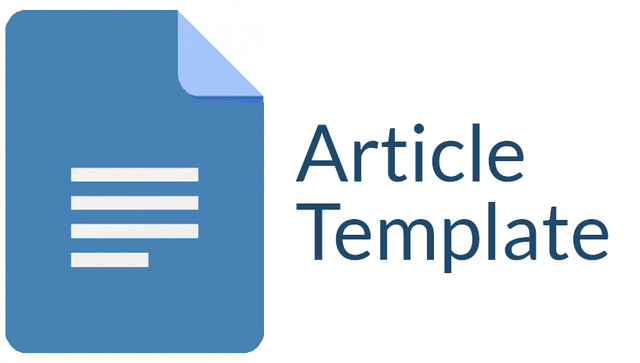An Analysis of Students’ Difficulties in TOEFL Reading: A Case Study
DOI:
https://doi.org/10.30736/ej.v12i01.1228Keywords:
Reading Comprehension, TOEFL, problemAbstract
The objective of this study is to determine to examine the challenges Islamic University of Jember students have when taking the TOEFL, particularly with regard to the reading comprehension portion of the exam. It used a qualitative research approach and case study design. In-depth interviews, close observation, and documentation of the teaching and learning process were used for collecting data. The analysis's findings indicate that UIJ students have a number of challenges while trying to comprehend reading texts, such as a restricted vocabulary, trouble with complicated sentence patterns, and lack of reading strategies. This study sheds light on the variables that prevent students from performing as well as they could on the TOEFL exam. The findings are expected to that the results of this study will help shape the TOEFL learning experience at UIJ and offer valuable insights that instructors can utilize to create more impactful lesson plans.
Downloads
References
Aliponga, J. (2013). Reading Journal : Its Benefits for Extensive Reading. International Journal of Humanities and Social Science, 3(12), 73–80. http://www.ijhssnet.com/journals/Vol_3_No_12_Special_Issue_June_2013/8.pdf
Brown, H. D. (2001). Teaching by principles: An interactive approach to language pedagogy (2nd ed.). Pearson Education.
Erfani, S. S. (2012). A comparative washback study of IELTS and TOEFL iBT on teaching and learning activities in preparation courses in the Iranian context. English Language Teaching, 5(8), 185–195. https://doi.org/10.5539/elt.v5n8p185
Febriani, D. (2019). READING COMPREHENSION PROBLEMS IN READING SECTION. 3(2), 86–95.
Friska, Y. (2022). Problems in Reading Comprehension of TOEFL Prediction Test. Journal of English Language and Education, 7(2), 96–104. https://doi.org/10.31004/jele.v7i2.310
Miles, M. B., & Huberman, A. M. (2018). Qualitative data analysis: An expanded sourcebook (3rd ed.). SAGE Publications.
Mahmud, M. (2014). The EFL Students’ Problems in Answering the Test of English as a Foreign Language (TOEFL): A Study in Indonesian Context. Theory and Practice in Language Studies, 4(12), 2581–2587. https://doi.org/10.4304/tpls.4.12.2581-2587
Nezami, S. R. A. (2012). A critical study of comprehension strategies and general problems in reading skill faced by Arab EFL learners with special reference to Najran University in Saudi Arabia. International Journal Social Science and Education, 2(3), 306–316.
Rahma, E. A., Syafitri, R., Oktavinanda, G., Rahmatillah, R., & Syahputri, V. N. (2022). Tertiary Students’ Strategies and Difficulties in Answering the TOEFL Test. SALTeL Journal (Southeast Asia Language Teaching and Learning), 5(2), 33–37. https://doi.org/10.35307/saltel.v5i2.94
Sugiyono. (2018). Metode penelitian kualitatif dan R&D. Alfabeta.
Sugihartono, et al. (2013). Psikologi pendidikan. UNY Press.
Septiana, T. I. (2021). Analysis of Students’ Problems on the Reading Section of TOEFL. ELT Echo : The Journal of English Language Teaching in Foreign Language Context, 6(1), 139. https://doi.org/10.24235/eltecho.v6i1.8576
Wright, S., & Sukur, A. (2014). Super complete TOEFL test preparation. Kalarana Press
Wahyuningsih, C., Mahbub, M. A., & Al Fauzi, F. (2024). Exploring Students’ Difficulties in Answering Reading TOEFL Section Test. Linguapedia, 8(1), 41–49. https://doi.org/10.56013/linguapedia.v8i1.2917
Yin, R. K. (2018). Case study research and applications: Design and methods (6th ed.). SAGE Publications.

Downloads
Published
How to Cite
Issue
Section
License
Copyright (c) 2025 Fatih Al Fauzi, M. Pd., Zalifatus Zahro, Ribut Sabartono

This work is licensed under a Creative Commons Attribution 4.0 International License.








